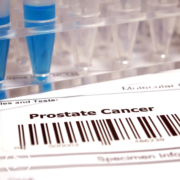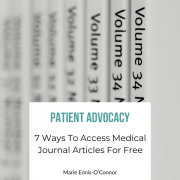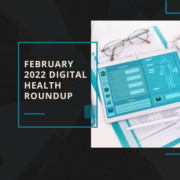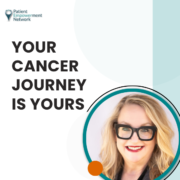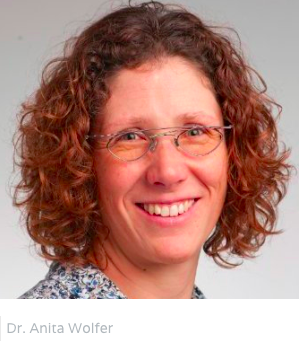What’s REALLY the News You Can Use?
“New study shows baby otters prevent diseases!” “Chocolate promotes weight loss!” Don’t we wish headlines like that were true? Unfortunately, some of the things we read about possible new cancer treatments are just about as likely.
Because we seek hope from these good reports, it can be easy to misinterpret what we hear about studies and results. How do you know when reading about a study’s findings whether it’s a real breakthrough or just a sensational story?
First, let’s go over the basics of research.
Basics of Research
- Scientific method is how scientists figure out if some treatment makes a difference by conducting an experiment.
- In cancer research, the experimental process of understanding if a particular treatment is effective and safe is called a clinical trial.
- One study can seem to prove almost anything; it’s only through repeated, tightly monitored and designed clinical research that we can know that a treatment actually works. An example: I ate chocolate AND I lost weight; that doesn’t mean the chocolate CAUSED the weight loss.
Cancer Research Facts
- There are strict regulations for designing and conducting trials and reporting results, monitored by the Food and Drug Administration (FDA).
- The journey from an idea to an approved treatment can take many, many years, thousands of scientists, hundreds of thousands of patients, and millions of dollars. Only a fraction of clinical trials result in an approved treatment that is available to the public.
- Cancer researchers start with experiments in the laboratory, often done on cells, tissues, or animals whose cells work like human cells. If the results are promising, the researcher (also known as a Principal Investigator or PI) will apply to the FDA to begin a clinical trial, sharing data and a detailed design for testing the treatment on humans.
- Once the application is approved, the trial begins and goes through a series of phases that are closely monitored not only by the FDA, but by the internal review board (IRB) of the institution where the trial is taking place. These phases determine if the treatment works, if it’s safe, and ultimately if it works better than what has been regarded as the “standard of care” for a specific cancer type.
- If the clinical trial meets the criteria stated in the initial design, it is presented to the FDA for approval. There is even more rigorous review of the research design and results, including peer review by other researchers, before the treatment is approved.
- Once approved for public use, the treatment is continuously scrutinized for long-term side effects and other adverse events that may indicate serious problems. Sometimes, a treatment approved for one cancer type seems promising for others, and it will go through another clinical trial.
Here are some factors that add credibility to articles and news stories that report findings:
- It’s reported by a neutral (non-political or entertainment) source. Examples include the Associate Press, Nature magazine, and medical publications such as the New England Journal of Medicine of the Journal of the American Society of Clinical Oncology (ASCO).
- The phrase “versus standard of care” lets us know there was an experimental group that did receive the test drug and a control group that did not.
- Funding sources, when identified, are the National Institutes of Health, academic medical centers or research universities.
- The sample size is very important: the larger the study, the more significant the results and the farther along in the clinical research process it has proven valid.
- The entity making the report isn’t trying to see you something.
The good news? There are AMAZING treatments currently in clinical trials that once would have seemed like science fiction. This June, our team will report “breaking news” about new cancer treatments from the ASCO annual meeting in Chicago. We are thrilled to share with you that one of OUR programs, Empowering Providers to Empower Patients (EPEP), is being published among ASCO’s online abstracts.
Have a question about something you see online? Reach out to us at tracy@powerfulpatients.org and we will help you interpret how the information might apply to you.

Tracy Rode is the Executive Director of Patient Empowerment Network. Learn more about Tracy here.


